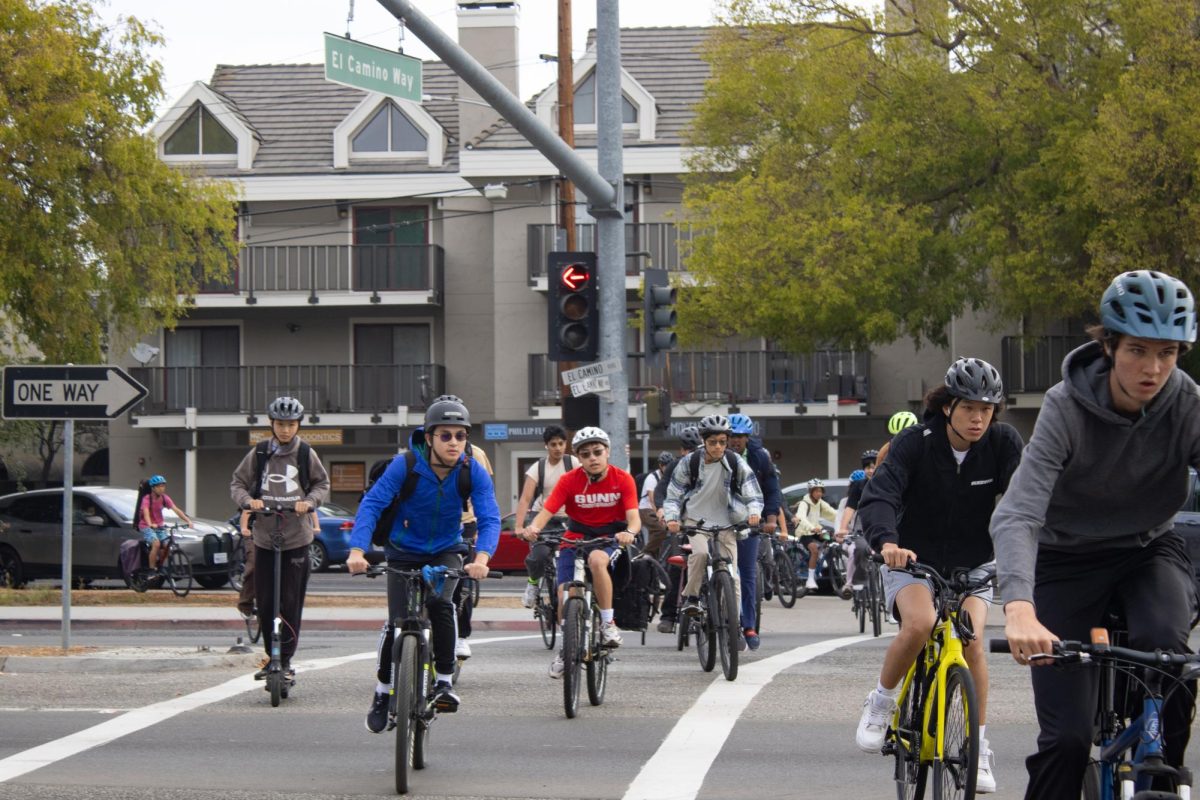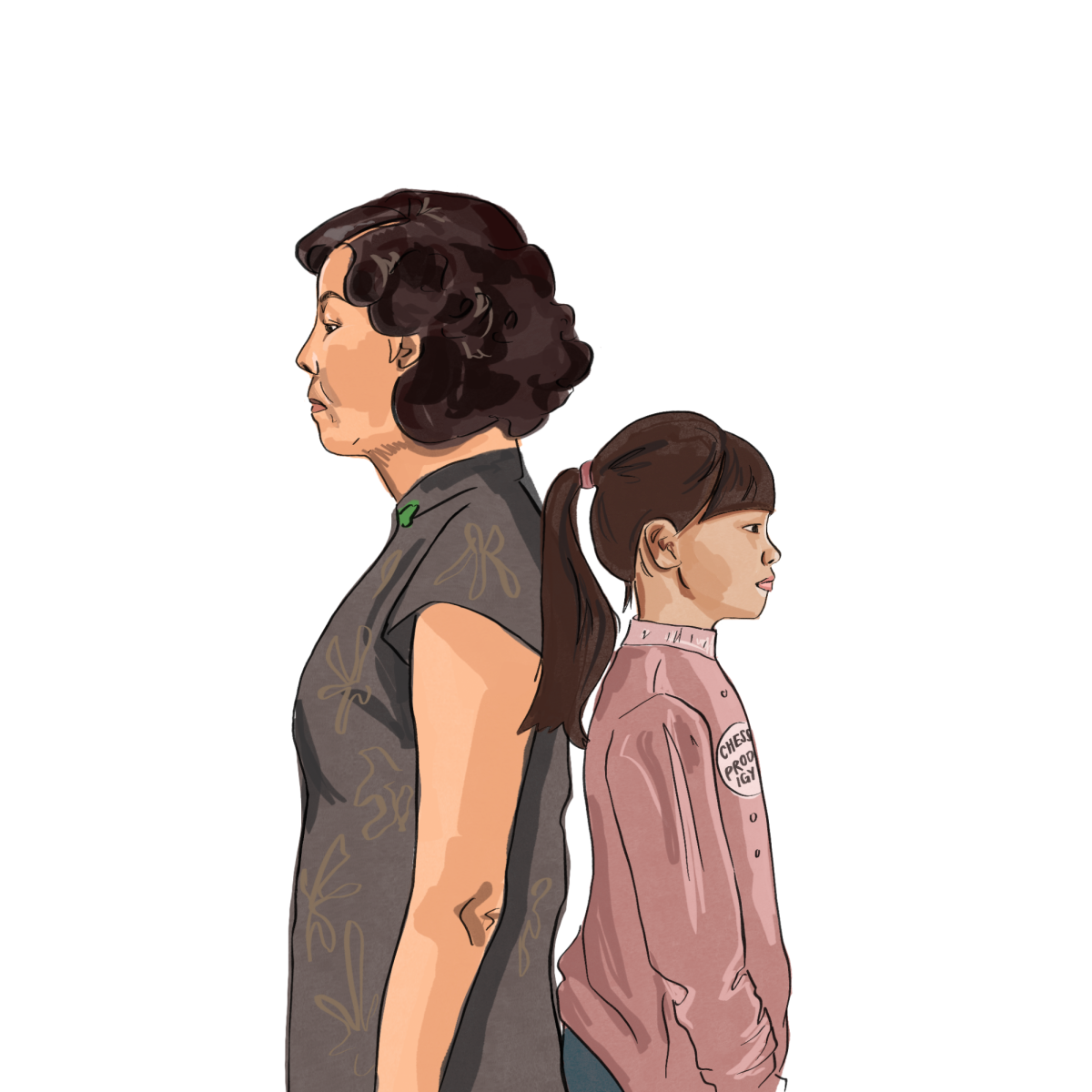Following recent bike accidents involving PAUSD elementary schoolers, city officials and community members have worked to strengthen traffic safety initiatives. These events have also underscored the importance of existing initiatives, such as increasing the number of crossing guards and improving infrastructure.
The two bike accidents, which occurred on Sept. 8 and Sept. 14, caused parents and bike advocates to call for increased transportation safety. In response to the accidents, Chief of Police Andrew Binder and Mayor Lydia Kou said in a Sept. 15 statement that the city is implementing new safety initiatives, which include reassessing traffic controls and assigning 30 new crossing guards near schools.
These incidents, however, aren’t isolated cases: According to the Santa Clara County Public Health website, Palo Alto has the highest rate of bicycle collisions in the county, with 133.5 bicycle collisions per 100,000 people. According to released police reports, a total of 23 vehicle accidents and four accidents involving either cyclists or pedestrians occurred in September and October. Nine of these 27 accidents resulted in injuries.
Although the City of Palo Alto had plans to improve roadway infrastructure before the accidents, according to City of Palo Alto Transportation Planning Manager Sylvia Star-Lack, a planned data-driven system for proactive safety measures will recommend solutions based on collision histories.
The City is also working on three other construction projects to improve bicycle safety in Palo Alto. The projects will create bike lanes on El Camino Real, connect the bike path near Paly to the Stanford trail near Churchill Avenue and El Camino Real, and improve the safety of the Alma Street-Churchill Avenue crossing. The improvements will be completed in this order, according to Star-Lack.
The City authorized a contract with Kittelson & Associates, a transportation consulting firm, on July 19, 2023, to assist with the developments. According to the City’s website, the updates have a budget of $340,000 and are projected to be completed in fall 2025.
To get Palo Alto residents’ input on future infrastructure projects improving bike safety on Palo Alto roads, the City is surveying Palo Alto residents for the Active Palo Alto: Bicycle and Pedestrian Transportation Plan Update.
Students are also taking action: Junior Nara Cammack is working on a bike garden — a “playground” for beginning bikers to practice safe biking skills — for her Girl Scout Gold Award project. She hopes to provide safe spaces for young bikers to make and learn from mistakes. “We should be safe coming to school and going back, and the fact that it isn’t safe to go to school and there’s a (high) risk of collisions is not good,” she said. “It should not be (happening) every year. The responsibility is on everyone, both the students and the drivers.”
Currently, the City of Palo Alto has 11 student bike-safety education programs that fall under Safe Routes to School — a partnership between the city, PAUSD and the Parent-Teacher Association — on their website. The initiatives aim to educate PAUSD students in grades K-5 about traffic safety and provide maps of the safest routes to school.
Students in grades K-2 learn basic pedestrian safety, including how to cross busy streets and read traffic signals, while students in third to fifth grade receive education on bike safety, including lessons on proper helmet fitting and the rules of the road. At the middle and high school level, though, events are limited. Cammack, who was in a minor bike accident in 2021, noted the importance of improving existing educational programs. “Increasing the frequency of our bike- safety education that Palo Alto offers is one of the most important things we can do, (because) frequency of exposure helps people retain information,” she said.
Junior Sera Singal, who was involved in a bike accident last year, also pointed to poor bike-safety practices among students, as well as the challenges of biking to school with construction blocking off certain parts of the road. “Students often aren’t paying attention (and aren’t) wearing helmets — especially the underclassmen — and do stupid things on the road such as crossing when the light is red,” she said. “I know (that) the district doesn’t have much control over (road conditions) besides telling students what they can do to stay safe.”
Star-Lack also emphasized that drivers, cyclists and pedestrians need to be aware of their surroundings. “When you have a lot of drivers in one place in a very short amount of time, people are not very patient and bad behavior tends to happen,” she said. “Speed is a major factor in collisions that cause severe injuries and deaths. Drivers (should) follow the rules of the road and be on the lookout for bicyclists and pedestrians.”






















